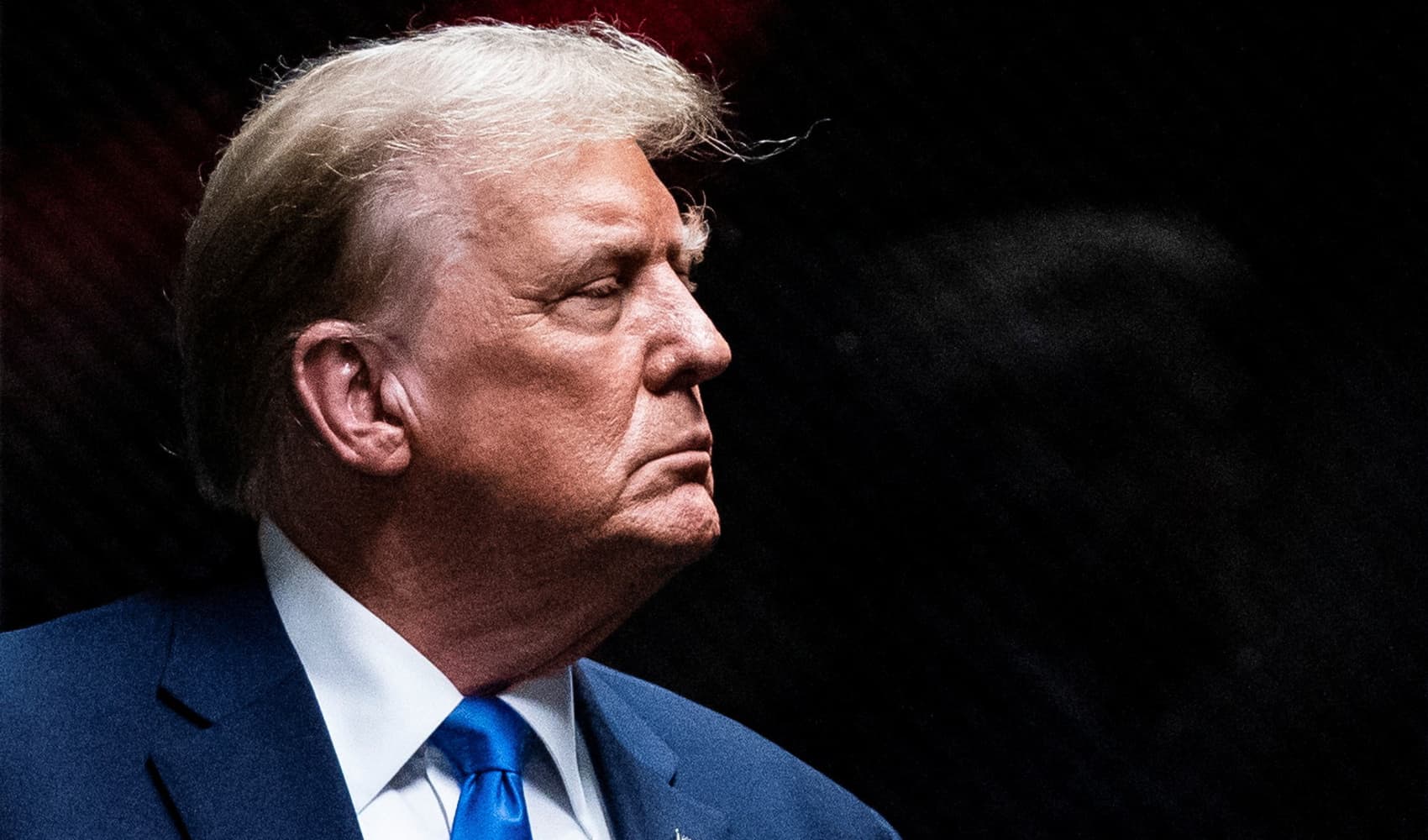
- To feel financially secure, Americans say they would need $500,000 in savings, according to a new report.
- Here are a few tips to get there.
More than a year into the Covid crisis, most people have a clearer picture of what it means to be financially secure.
When asked how much money they need to have saved to consider themselves financially healthy, Americans put the number at $516,433, on average, according to a new report by financial services company Personal Capital. About 20% said they would need more than $1,000,000.
Get San Diego local news, weather forecasts, sports and lifestyle stories to your inbox. Sign up for NBC San Diego newsletters.
Although responses varied widely, most said having $500,000 in the bank would be enough to cover bills and expenses, as well as future needs, including some retirement savings, without worry, the report found.
More from Personal Finance:
Cryptocurrencies can be a tool for building personal wealth
Americans are house-rich. How to access that cash
This investment option can provide protection against inflation
"For the average working American, $500,000 would be plenty of money," said certified financial planner Dave Totah, a senior wealth advisor at Exencial Wealth Advisors in Frisco, Texas.
Money Report
Generally, personal finance experts recommend having three months to six months — or even longer — of living expenses on hand in case of an emergency. For retirement, there are a few simple rules of thumb, such as saving 10 times your income by retirement age.
For many, the pandemic has been a financial wake-up call that's prompted them to rethink how they plan for their futures. Still, most people struggle to save enough for a comfortable cash cushion.
Before the pandemic, a Federal Reserve report found that 40% of Americans would have difficulty paying for an unexpected $400 expense. A survey released by Bankrate.com in January indicates that those cash reserves still fall short for many people, with only 39% of people able to pay for a $1,000 emergency expense out of savings.
Just 19% of Americans have enough to cover three to five months and 25% have enough to cover six months or more, Bankrate also found. Only 17% of adults said they have more emergency savings now than they did pre-pandemic.
And still, more than half of Americans, or 51%, have less than three months stashed in an emergency fund.
To bolster your savings, Totah recommends scaling back your spending, for starters. "Take a hard look at your budget, you can cut out the 'nice-to-have' things and carve out a little bit of additional savings."
Then, bump up your 401(k) contribution or, at the very least, contribute enough money to get the company's full matching contribution. "You can pick up some more free money that way," he said.
Totah also advises clients to put some money aside in a health savings account. Not only is the money contributed to an HSA tax-deductible, but both the earnings and withdrawals — as long as they're for health-care expenses — are also not taxed.
"It's a great way to save tax-free," he said.






